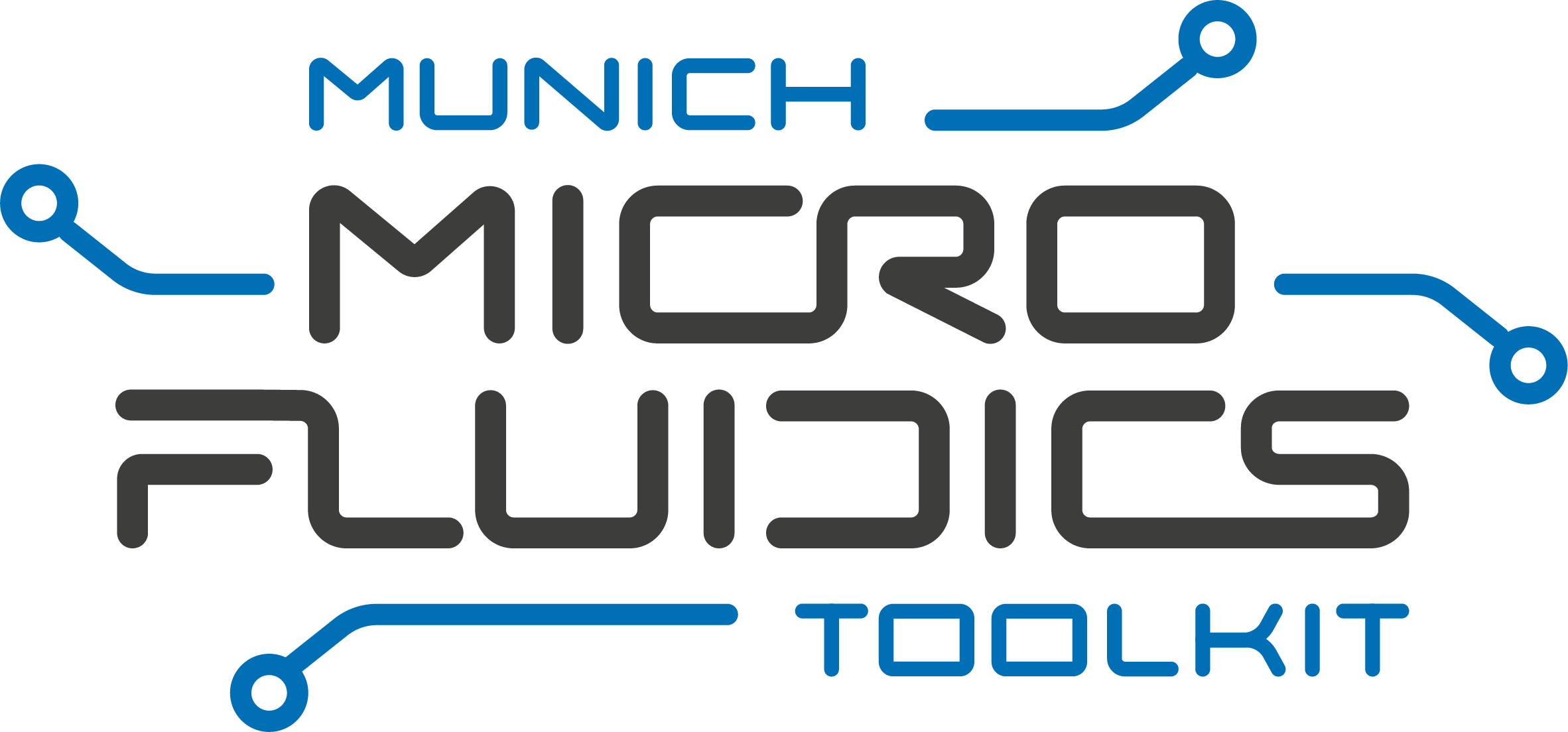The MMFT spheroid-trap designer is a tool that generates a microfluidic chip and/or channel design for trapping spheroids based on hydrodynamic principles in a dedicated location on a chip, by employing a SAT solver to optimize the design process and automatically compute the required parameters while adhering to ISO guidelines. It is possible to chain several traps together and thereby trap several spheroids. These traps are especially useful for studying complex biological processes such as the vascularization of spheroids and organoids [1].
The tool is available online: https://www.cda.cit.tum.de/mmft-spheroid-trap-desiger. It is part of the Munich Microfluidics Toolkit (MMFT) by the Chair for Design Automation at the Technical University of Munich.
If you have any questions about the fabrication and the trapping experiments feel free to contact us at microfab@cea.fr. If you have questions about using or the development of the code write us via microfluidics.cda@xcit.tum.de or by creating an issue on GitHub.
The project is tested with python 3.11. To install the required python packages please type the following in your command line:
pip install -r requirements.txtTo run the script, via the command line, type:
python spheroid_all.pyYou can adapt the parameters in the same script.
The Spheroid Trap Designer allows you to generate a customized geometry based on your specified parameters. Once the geometry is created, you can simulate fluid flow within it. For this you can use OpenFOAM, an open-source computational fluid dynamics (CFD) tool, COMSOL, a commercial CFD tool, or any other tool. For OpenFOAM and COMSOL we have included some of the simulation files that can be adapted for personal use.
Before proceeding, ensure that OpenFOAM is installed on your system. Installation instructions can be found on the official OpenFOAM website.
- Define your parameters and generate the spheroid trap geometry via the web interface or by running the provided command-line tool.
- The generated STL file will represent the 3D shape of the trap.
- Copy the generated STL file into the following directory:
/simulation/openFoam/constant/geometry
- Modify the vertices in the blockMeshDict file to ensure the mesh properly fits around your geometry:
/simulation/openFoam/system/blockMeshDict
- Navigate to the OpenFOAM simulation directory:
cd /simulation/openFoam - Start the simulation by executing:
run
This will generate the computational mesh and simulate fluid flow within your custom spheroid trap.
The comsol simulation file will be uploaded in the simulation folder. The simulation parameters can be adapted via the user interface of the tool.
[1] Quintard, C., Tubbs, E., Jonsson, G. et al. A microfluidic platform integrating functional vascularized organoids-on-chip. Nat Commun 15, 1452 (2024).
Developed in collaboration between:

